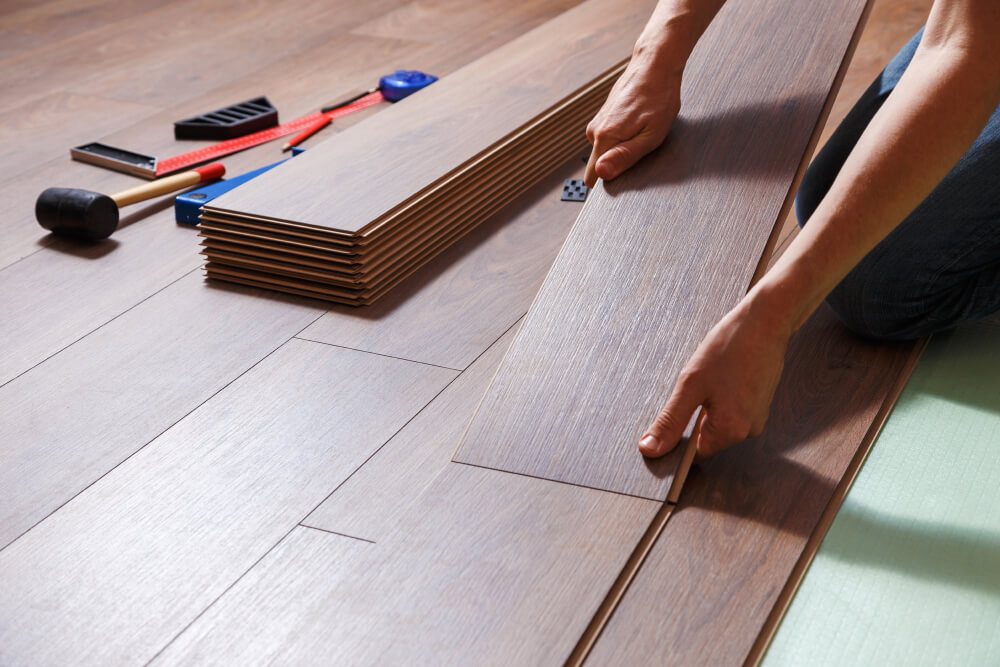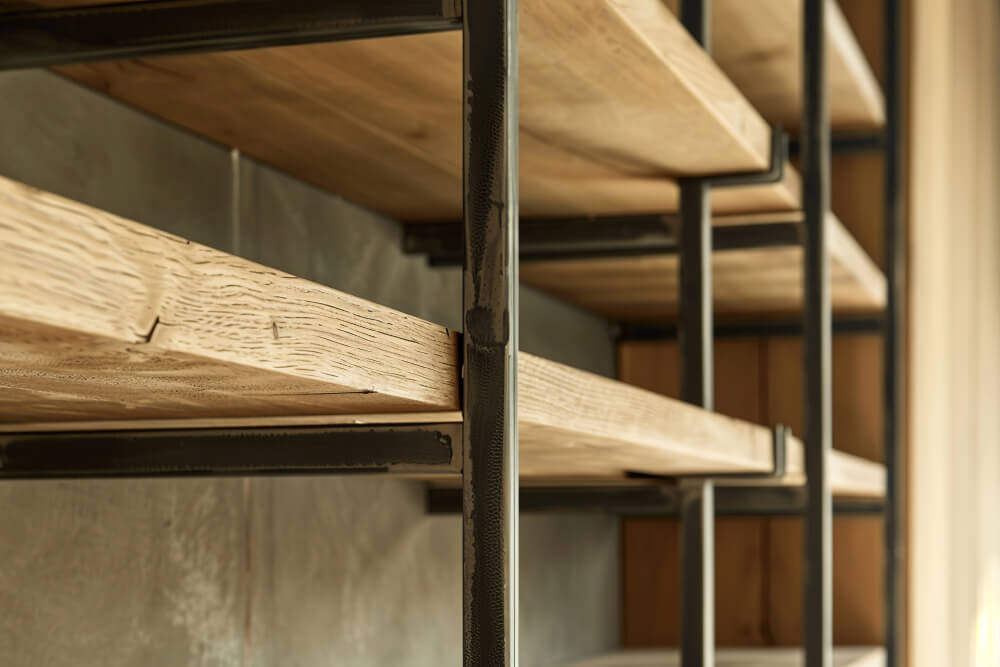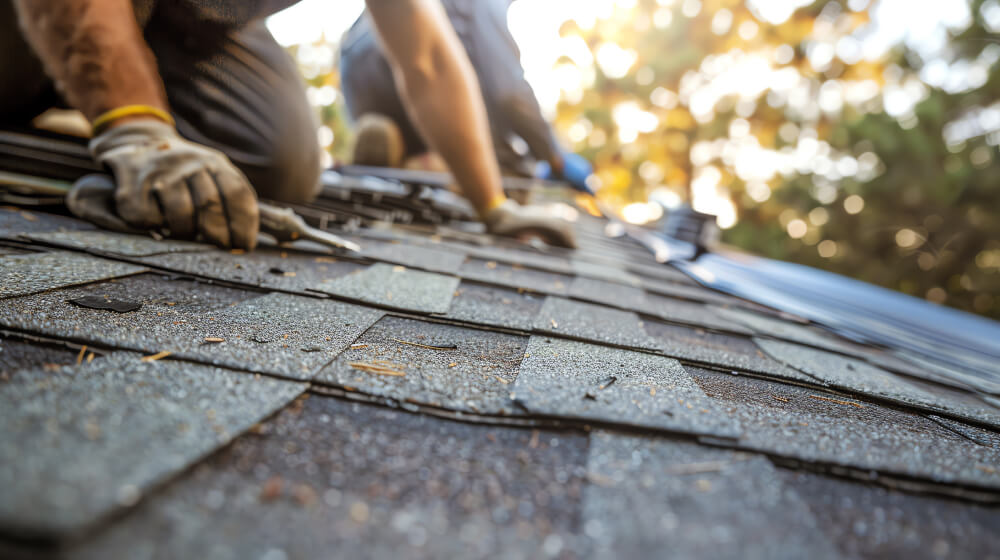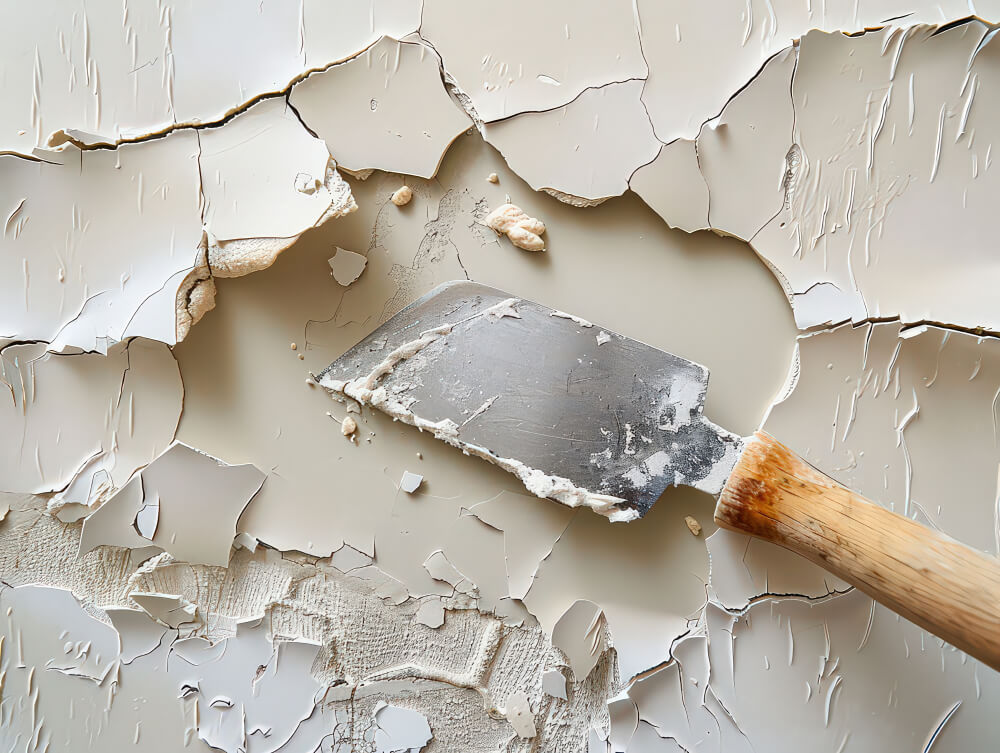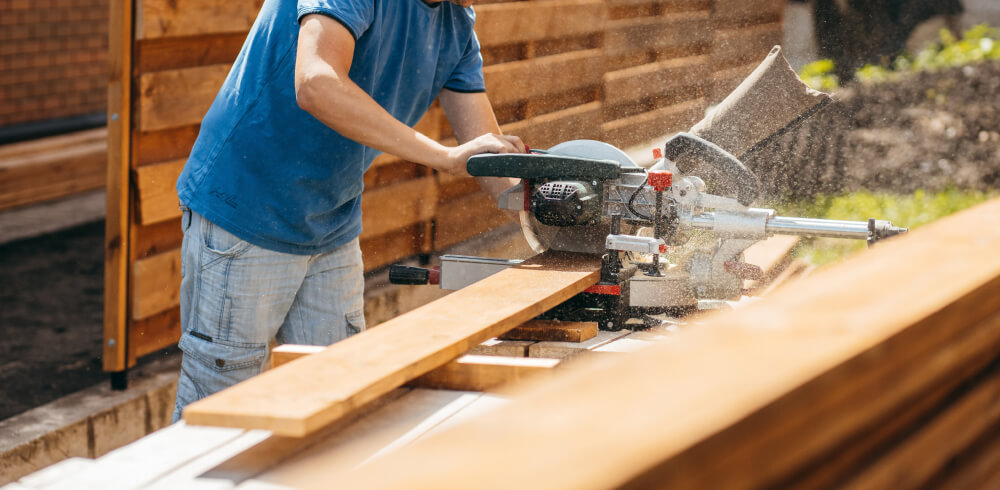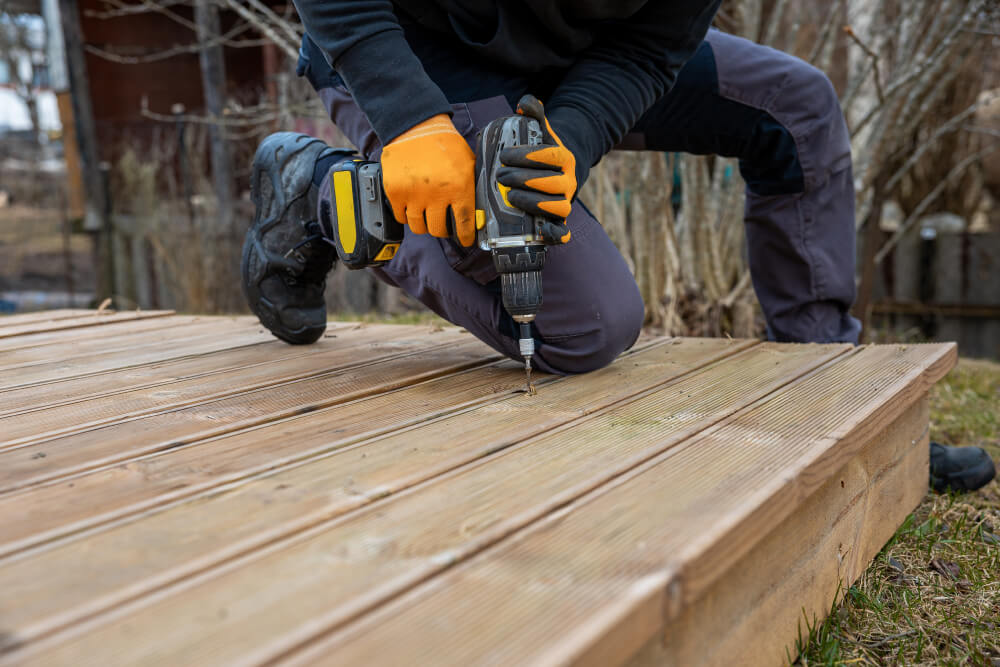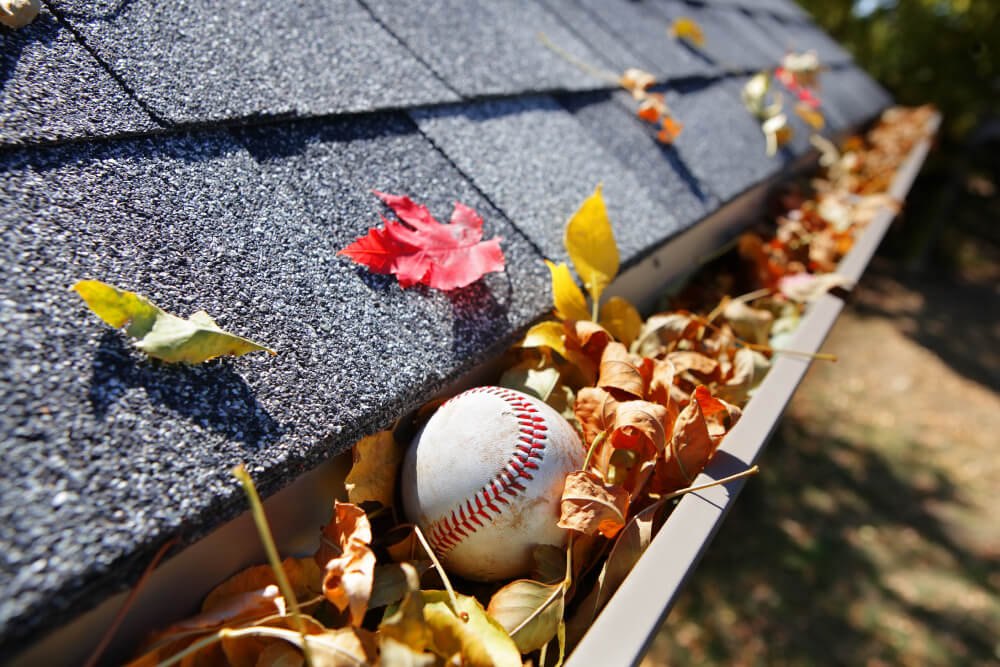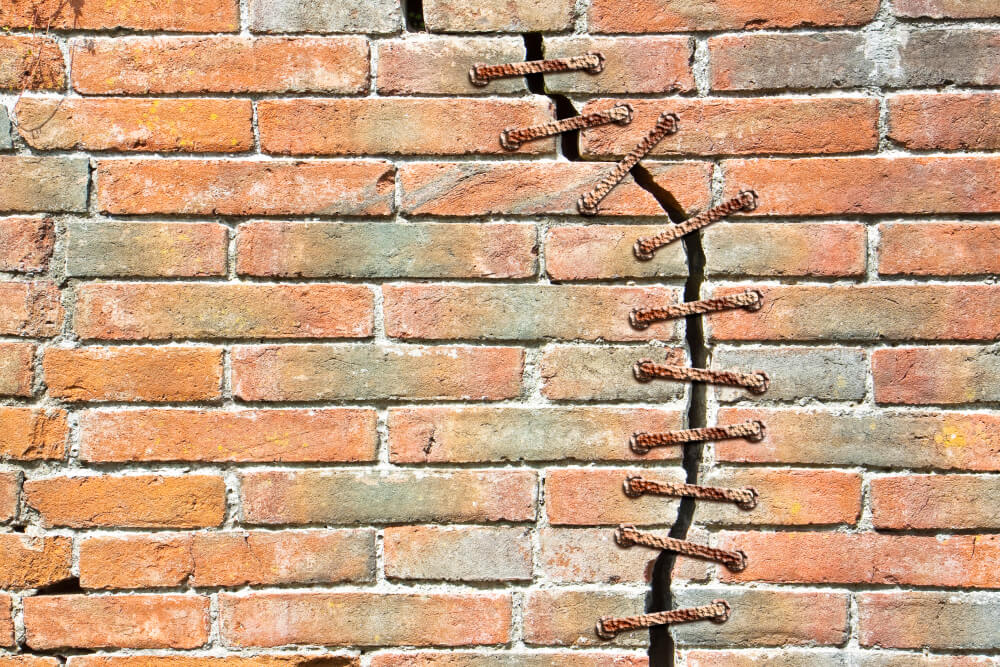Understanding Faucet Types
Before you begin, it’s important to understand the type of faucet you have. There are four main types of faucets:
- Compression Faucets: These faucets have separate hot and cold handles that you tighten (compress) to stop the flow of water.
- Ball Faucets: Commonly used in kitchen sinks, these faucets have a single handle that moves over a rounded ball to control the water flow and temperature.
- Cartridge Faucets: These can have one or two handles and use a cartridge to control the water flow. The handles move up and down to adjust the water flow and side to side to control the temperature.
- Ceramic Disk Faucets: These faucets have a single lever over a wide cylindrical body. They use ceramic disks to control the water flow.
Tools and Materials Needed
Before you start, gather the necessary tools and materials:
- Adjustable wrench
- Screwdrivers (flathead and Phillips)
- Allen wrenches (for some single-handle faucets)
- Replacement parts (washers, O-rings, cartridges, or seals, depending on your faucet type)
- Plumber’s grease
- Penetrating oil (like WD-40)
- Clean cloths or towels
Step-by-Step Guide to Fixing a Leaky Faucet
Step 1: Turn Off the Water SupplyBefore you begin any repairs, turn off the water supply to the faucet. Look under the sink for the shutoff valves and turn them clockwise to close. If you can’t find the shutoff valves or they don’t work, you may need to turn off the main water supply to your home. Once the water is off, open the faucet to drain any remaining water.
Step 2: Plug the DrainUse a sink plug or a rag to block the drain. This prevents small parts from falling down the drain while you work.
Join HICP Homeowner’s Alliance
Connect with experts, get special discounts and enjoy member benefits
The steps to disassemble the faucet will vary depending on the type of faucet you have:
- Compression Faucet: Use a flathead screwdriver to pry off the decorative caps on the handles. Unscrew the handles with a Phillips screwdriver. Use an adjustable wrench to remove the packing nut. You will see the stem, which you can remove by turning it counterclockwise.
- Ball Faucet: Use an Allen wrench to remove the handle set screw. Lift off the handle and use pliers to remove the cap and collar. Use a special tool included in the repair kit to loosen the faucet cam. Lift out the cam, washer, and ball. Use needle-nose pliers to remove the inlet seals and springs.
- Cartridge Faucet: Use a screwdriver to remove the handle. If your faucet has a decorative cap, pry it off with a flathead screwdriver first. Use pliers or an adjustable wrench to pull the retaining clip or nut holding the cartridge in place. Pull the cartridge straight up to remove it.
- Ceramic Disk Faucet: Use an Allen wrench to remove the handle. Unscrew and remove the escutcheon cap. Lift out the cylinder and use a screwdriver to remove the neoprene seals.
Examine the parts you removed for signs of wear or damage:
- Washers and O-rings: Compression faucets typically leak because of worn-out washers or O-rings. Replace these parts with new ones. Make sure to take the old parts to the hardware store to find the exact replacements.
- Springs and Seals: In ball faucets, check the springs and rubber seals. Replace any worn or damaged parts with new ones from a repair kit.
- Cartridges: Cartridge faucets may require a new cartridge if the old one is worn or damaged. Take the old cartridge to the hardware store to ensure you get the correct replacement.
- Ceramic Disks: Inspect the ceramic disks for cracks or wear. If damaged, replace them with new ones.
Before reassembling the faucet, clean all parts and the inside of the faucet body with a cloth. Apply a small amount of plumber’s grease to the new O-rings, washers, or seals to help them fit snugly and move smoothly.
Reassemble the faucet by reversing the steps you used to disassemble it. Be sure to tighten all nuts and screws securely, but avoid overtightening, which can damage the parts.
Step 6: Turn On the Water SupplyOnce the faucet is reassembled, turn on the water supply. Open the faucet to check for leaks. If water still drips, you may need to re-tighten parts or ensure all components are seated correctly.
Tips for a Successful Repair
- Use the Right Tools: Using the correct tools will make the job easier and prevent damage to the faucet.
- Keep Parts Organized: As you disassemble the faucet, lay out the parts in the order you removed them. This will make reassembly easier.
- Consult the Manufacturer’s Instructions: If you have the faucet’s manual, refer to it for specific instructions and diagrams.
When to Call a Professional
While most leaky faucet repairs can be done by a homeowner, some situations may require professional help:
- Complex Repairs: If your faucet has multiple leaks or requires extensive disassembly, it may be best to call a plumber.
- Persistent Leaks: If the faucet continues to leak after you’ve replaced the necessary parts, a professional may be able to diagnose and fix the problem more effectively.
- Damaged Plumbing: If you notice any damage to the plumbing or connections, a plumber can ensure the repairs are done correctly and safely.
Fixing a leaky faucet is a rewarding DIY project that can save you money and conserve water. With the right tools and a bit of patience, you can achieve professional results and enjoy a drip-free faucet. Happy repairing!




